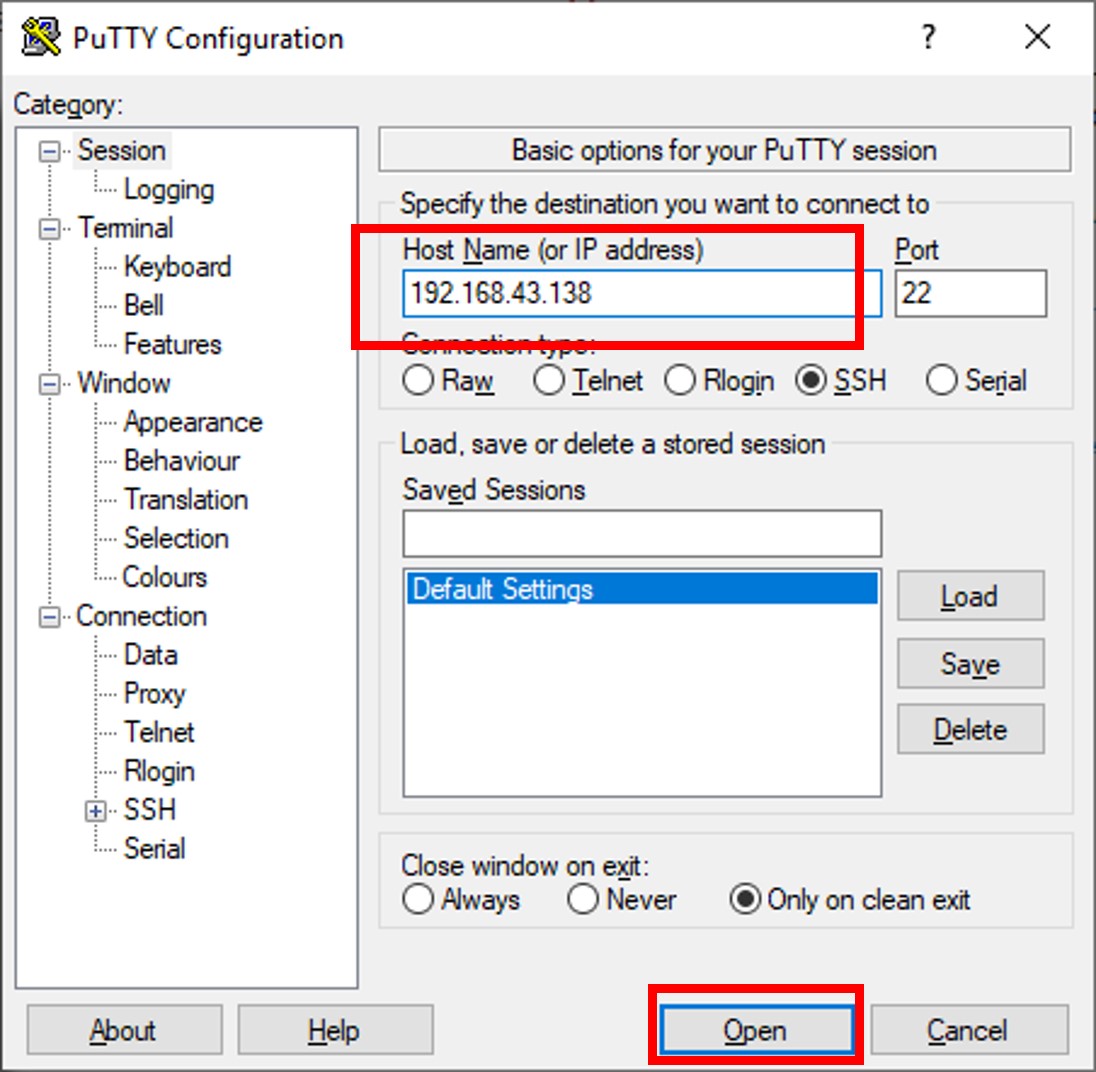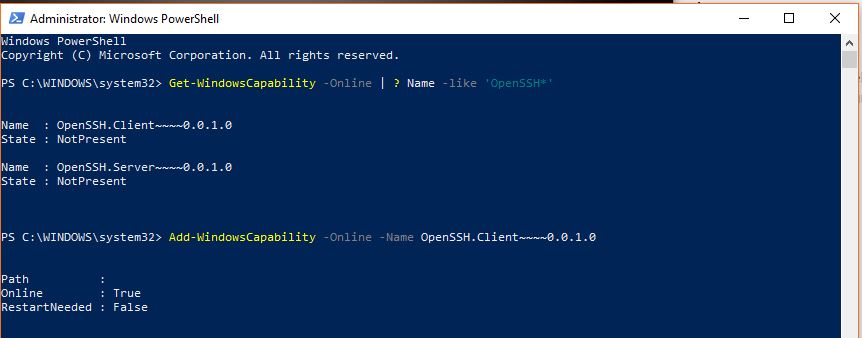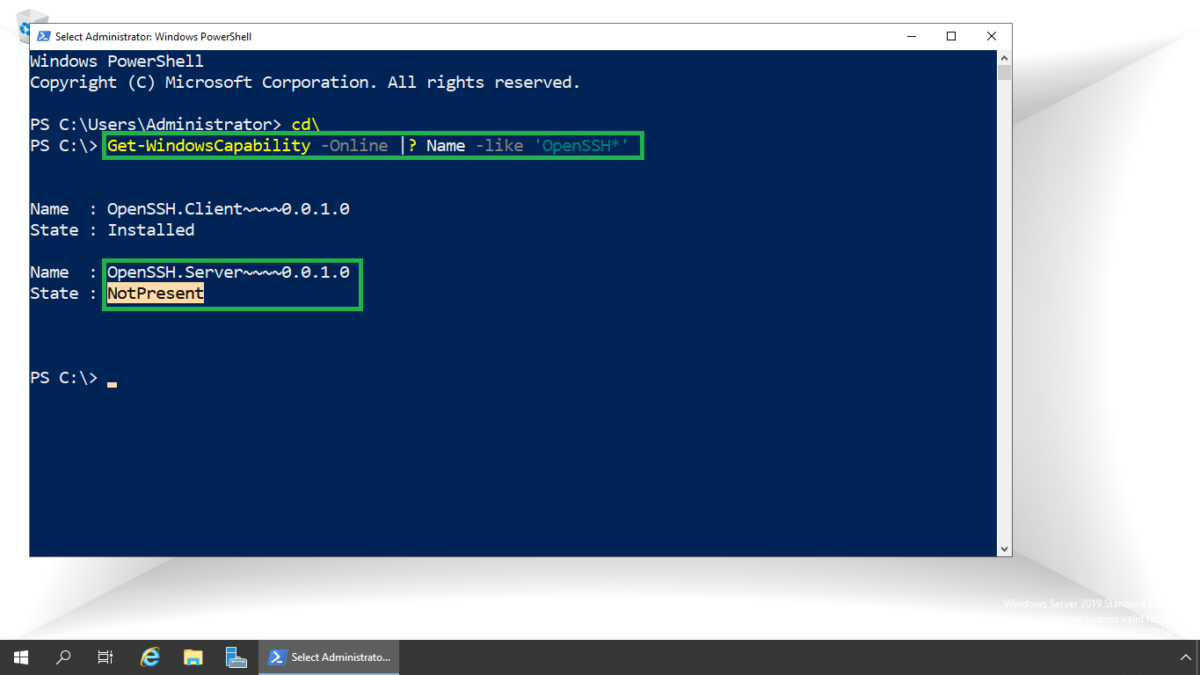
First, click the Start button, then click Settings.
OPENSSH CLIENT WINDOWS 10 INSTALL
Enter the following cmdlet to install the. Log in to the Windows computer with an admin-level account and launch PowerShell with admin privileges.

(W2K19 server is simpler in that regard but is still missing bits and pieces if you are trying to use these servers as desktops). To install OpenSSH Client, let’s first use the more modern approach Windows Settings. Install the OpenSSH module for PowerShell 1. Whether or not the product is available via the "add optional features" might depend on edition and DVD image of your server - there's a whole slew of optional editions for W2K16 server. However using the powershell command from within the VM both products get installed easily enough :Īdd-WindowsCapability -Online -Name OpenSSH.Client~~~~0.0.1.0įor OPENSSH server (you need this if Windows is to be able to SEND files via sftp etc etc)Īdd-WindowsCapability -Online -Name OpenSSH.Server~~~~0.0.1.0 In the list of features, select OpenSSH Server and click on the Install button. This will continue the installation in the background. Select the desired package and click Install. On the next page, click the button Add a feature. You need to scroll below to find OpenSSH Client and OpenSSH Serve r.

On the right, click Manage optional features.

OPENSSH CLIENT WINDOWS 10 WINDOWS 10
OpenSSH is a collection of client/server utilities that enable secure remote login, remote file transfer, and public/private key pair management. Connecting to the SSH Server in Windows 10 Enable the OpenSSH Server in Windows 10 Open the Settings app and go to Apps -> Apps & features. Running a W2K16 server as a VM - seems the the optional features install don't include the openSSH server or client - I'm using the Desktop experience standard edition of W2K16 server In the Windrelease, OpenSSH was released as a supported feature on-demand component, but there was not a supported release on Windows Server until now.


 0 kommentar(er)
0 kommentar(er)
